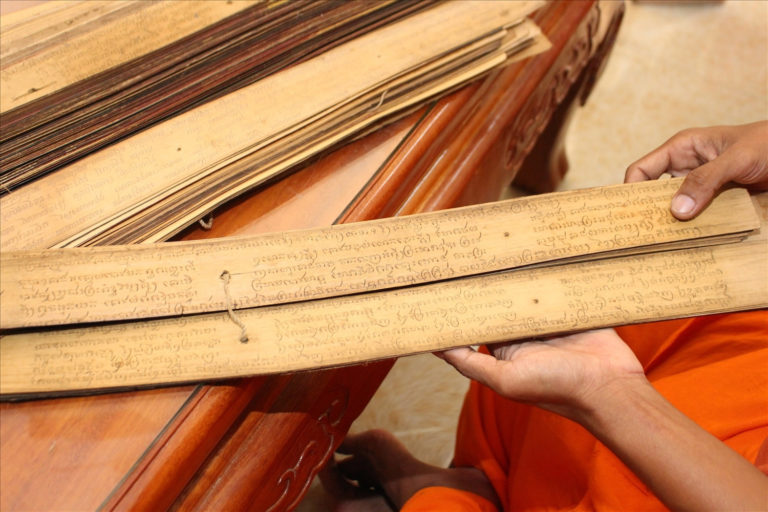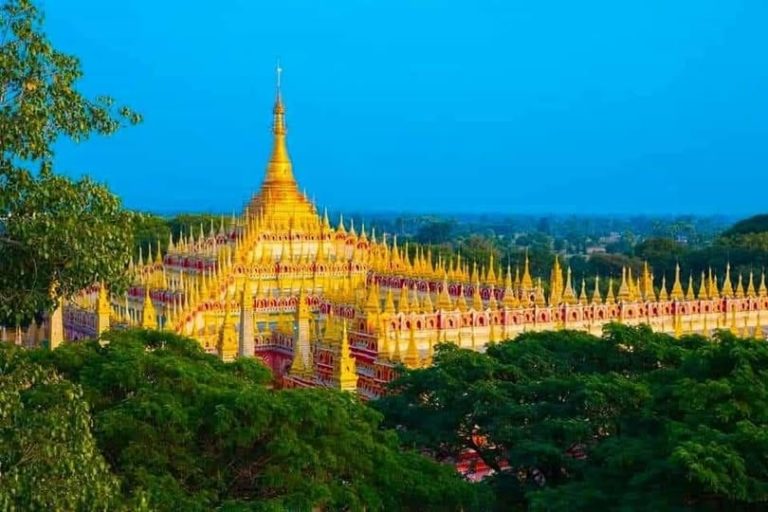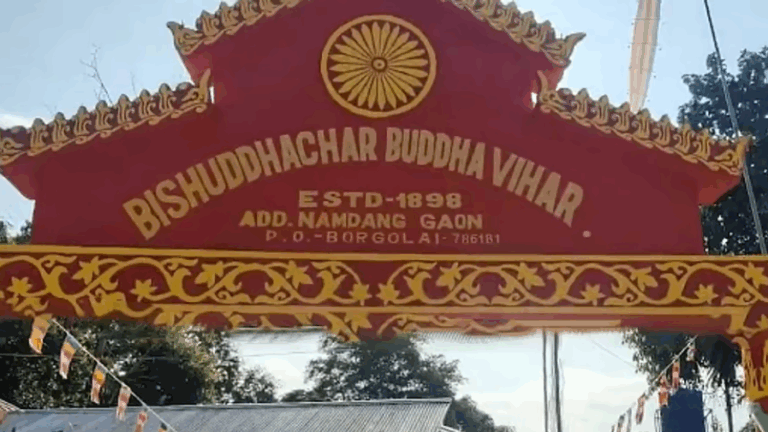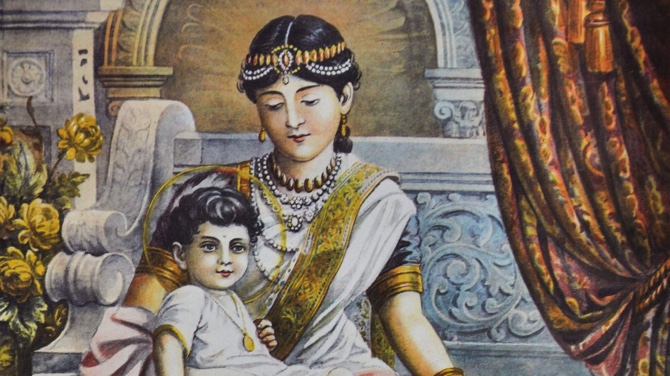
Mother’s Day provides a meaningful opportunity to explore how different cultures and religions perceive motherhood. In Buddhism, perspectives on motherhood are complex and often paradoxical. The historical Buddha, Siddhartha Gautama, viewed familial attachments as hindrances to enlightenment, teaching that ties to loved ones inevitably lead to suffering. Since the ultimate goal of Buddhism is to transcend the cycle of rebirth—a process inherently linked to suffering—family relationships were often seen as obstacles.
However, the Buddha maintained profound respect for his mother figures. Even after leaving his home, he continued to venerate two maternal influences: his birth mother, Maya, and his foster mother, Mahaprajapati Gautami (Sanskrit) or Mahapajapati Gotami (Pali). These women played significant roles in his life and remain sources of inspiration for Buddhists today, particularly Mahaprajapati, who became Buddhism’s first ordained nun.
Buddhist scriptures sometimes depict reproduction and pregnancy negatively, as they perpetuate the cycle of rebirth. Yet, expressions of love and gratitude for mothers—especially the Buddha’s own mother figures—are also deeply woven into Buddhist traditions.
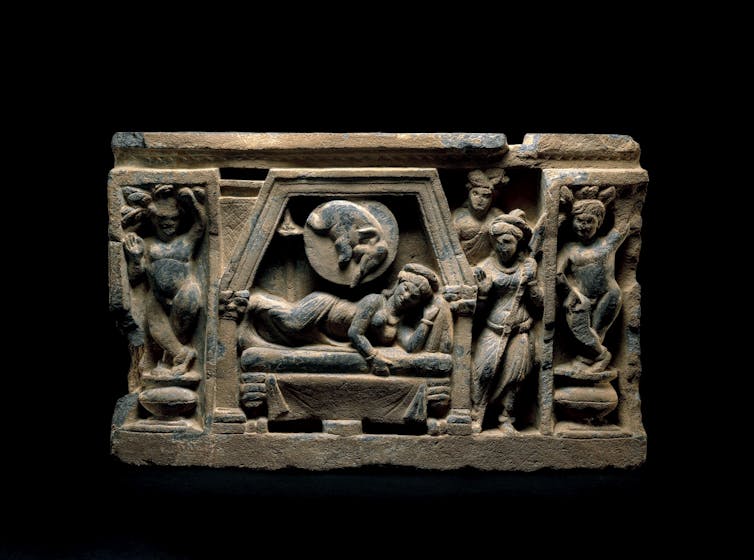
Mahaprajapati: The Foster Mother
Following Maya’s death, Mahaprajapati stepped in as Siddhartha’s caregiver, nurturing him alongside her own biological son, Nanda.
When Siddhartha prepared to renounce worldly life, his chariot driver reminded him of Mahaprajapati’s devotion, urging him to reconsider. Still, Siddhartha left, causing Mahaprajapati immense grief. According to early Buddhist biographies, she cried so intensely that she became temporarily blind—a sorrow only alleviated once the Buddha returned.
Later, Mahaprajapati played a historic role in shaping Buddhism’s monastic tradition. After the Buddha’s father, King Suddhodana, passed away, Mahaprajapati approached Siddhartha with a bold request: she and other women wished to join his monastic order. Initially hesitant, the Buddha eventually agreed, though he warned that permitting women to become ordained nuns would shorten Buddhism’s influence on Earth from 1,000 years to 500 years. Despite this warning, Mahaprajapati proceeded to become the first Buddhist nun, attaining enlightenment before passing away at the remarkable age of 120.
Scholars today interpret this episode as a reflection of early Buddhist ambivalence toward female monastic participation. This tension persists in modern Theravāda Buddhism, particularly in Southeast Asia, where the order of nuns disappeared centuries ago and has not been officially reinstated. In contrast, Mahayana Buddhist traditions in China, Japan, Korea, and Vietnam still maintain active female monastic communities.
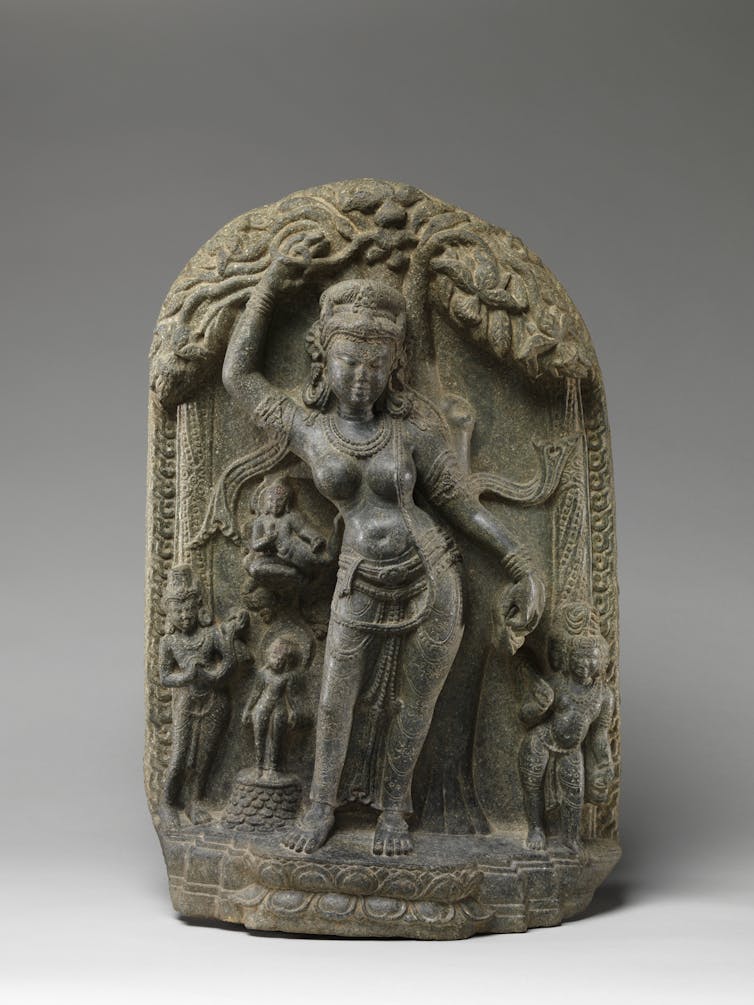
Maya: The Birth Mother
Maya and Mahaprajapati were sisters who both married King Suddhodana, ruler of Kapilavastu along the India-Nepal border. Maya’s name, meaning “illusion,” aligns with Buddhist and Hindu concepts regarding the deceptive nature of the material world.
Miraculous elements characterize Maya’s role in the Buddha’s story. According to Buddhist tradition, Buddhas-to-be meticulously choose their parents and are conceived through supernatural means rather than sexual intercourse. Early texts describe Siddhartha’s conception as occurring when he entered Maya’s womb in the form of an elephant. Moreover, he is said to have emerged from her right side upon birth—a birth considered extraordinary, as it bypassed typical human gestation.
Maya passed away just seven days after Siddhartha’s birth, preventing her from witnessing his transformation into the Buddha. Nevertheless, Buddhist texts portray her continued spiritual evolution. Due to her virtuous karma, Maya was reborn as a deity in the heavens. The Buddha later traveled to her celestial realm, imparting teachings that guided her toward greater spiritual insight. One Chinese source even describes Maya lactating spontaneously upon hearing her son’s words, symbolizing their enduring maternal bond.
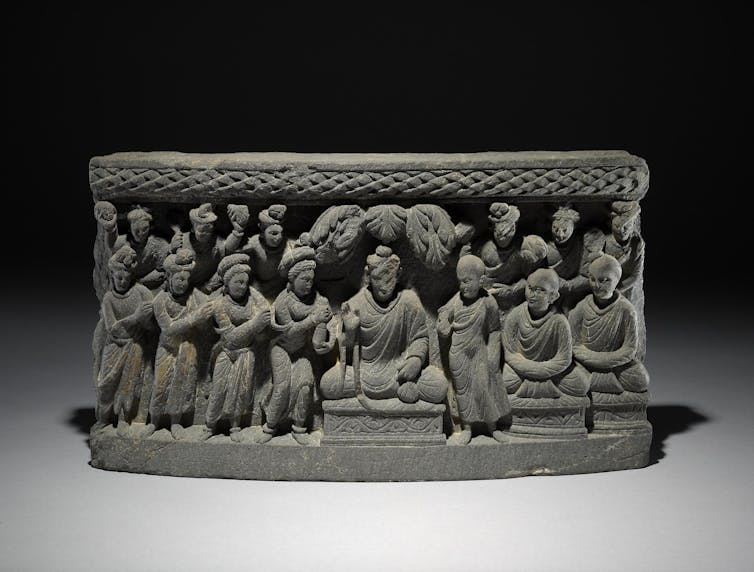
Enduring Legacies
Both Maya and Mahaprajapati are cherished within Buddhist tradition, though their legacies differ. Maya represents a revered but passive maternal figure, her early death serving as a reminder of life’s impermanence. Mahaprajapati, by contrast, played a dynamic role—raising the Buddha, challenging gender barriers in monastic life, and securing a place for women in Buddhism. While early Buddhists may have been reluctant to fully embrace female monastic leadership, Mahaprajapati’s persistence ensured that Buddhist women had a path to ordination. Her legacy continues to inspire Buddhist nuns and devotees across generations.

